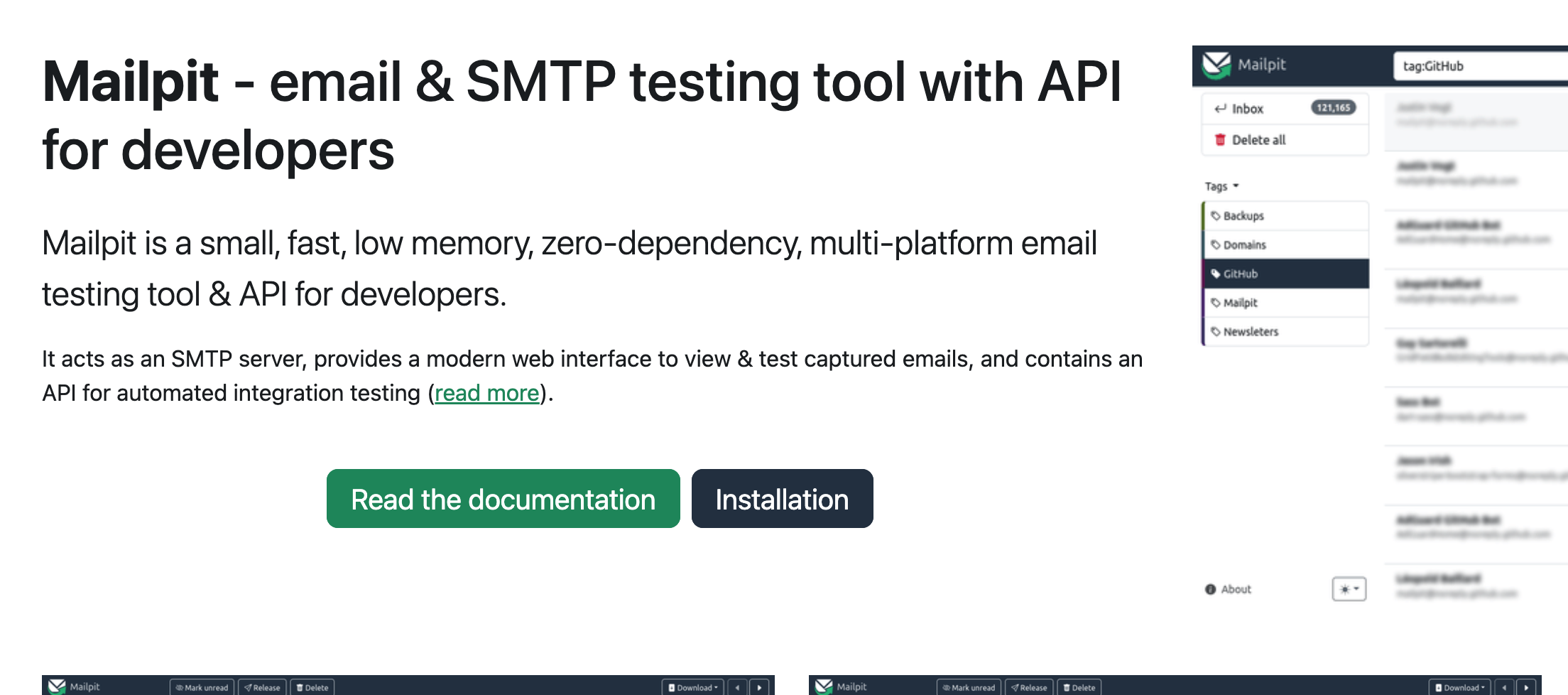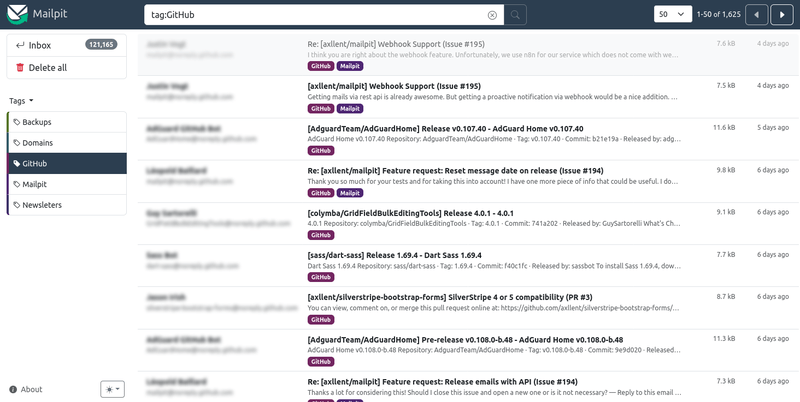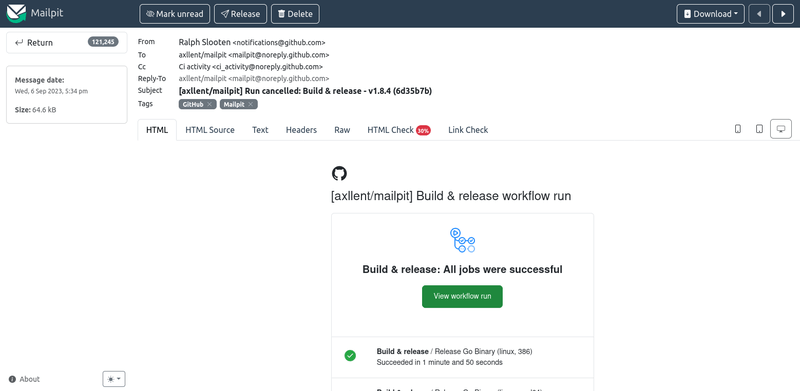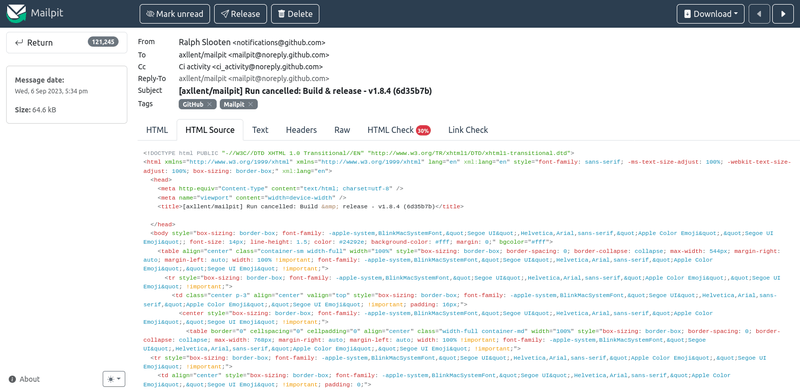Complete Guide to Email Testing for Developers with MailPit
 Tran Tuan
Tran Tuan
In the realm of software development, ensuring that your email functionalities work seamlessly is crucial. Enter MailPit, a robust, multi-platform email testing tool designed specifically for developers. This guide will walk you through the features, installation, and usage of MailPit, making your email testing process efficient and effective.

What is MailPit?
MailPit is a small, fast, low-memory, zero-dependency email testing tool that acts as an SMTP server. It provides a modern web interface to view and test captured emails and includes an API for automated integration testing. Inspired by MailHog, MailPit offers enhanced performance and additional features, making it a superior choice for developers.
Key Features
SMTP Server: MailPit acts as an SMTP server, capturing all emails sent to it.
Web Interface: A user-friendly web UI to view emails in various formats, including HTML, text, raw source, and MIME attachments.
Advanced Mail Search: Allows for detailed searching of captured emails.
Message Tagging: Tag messages manually or automatically for easy filtering and grouping.
Real-time Updates: The web UI updates in real-time using web sockets for new mail.
REST API: A simple API for integration testing to view, read, and process messages.
POP3 Server: Download messages directly into your email client.
Message Relaying: Relay received messages via an external SMTP server.
Webhook: Trigger external processes when messages are received.
Spam Testing: Test a message's "spamminess" using SpamAssassin.


Installation
MailPit can be installed in several ways, depending on your operating system:
Via Brew (Mac)
Add the repository to your taps:
brew tap axllent/appsInstall MailPit:
brew install mailpit
Via Bash Script (Linux & Mac)
Install directly to
/usr/local/bin/mailpit:sudo bash < <(curl -sL https://raw.githubusercontent.com/axllent/mailpit/develop/install.sh)
Download Static Binary (Windows, Linux, and Mac)
Download the static binary from the releases page.
Extract and copy it to your
$PATH, or run it directly as./mailpit.
Docker
- Follow the Docker instructions provided in the documentation.
Compile from Source
- Refer to the building from source guide in the documentation.
Configuration
MailPit runs as a single binary and listens by default on http://0.0.0.0:8025 for the web UI and 0.0.0.0:1025 for the SMTP port. You can configure MailPit to work with your existing sendmail configuration in php.ini or create a symlink to the MailPit binary.
Usage
Once installed, you can start MailPit and begin capturing emails. The web interface allows you to view emails in various formats, search through them, and tag them for better organization. The REST API enables automated testing, making it easy to integrate MailPit into your CI/CD pipeline.
References
Homepage
Subscribe to my newsletter
Read articles from Tran Tuan directly inside your inbox. Subscribe to the newsletter, and don't miss out.
Written by

Tran Tuan
Tran Tuan
As a seasoned Senior FullStack Web and Mobile Developer, I bring over 10+ years of extensive experience in designing, developing, and deploying robust applications across various platforms. My expertise spans a diverse range of technologies, including PHP, NodeJS, Flutter, ReactNative, VueJS, AngularJS, and ReactJS, enabling me to deliver comprehensive solutions that meet the dynamic needs of modern businesses.